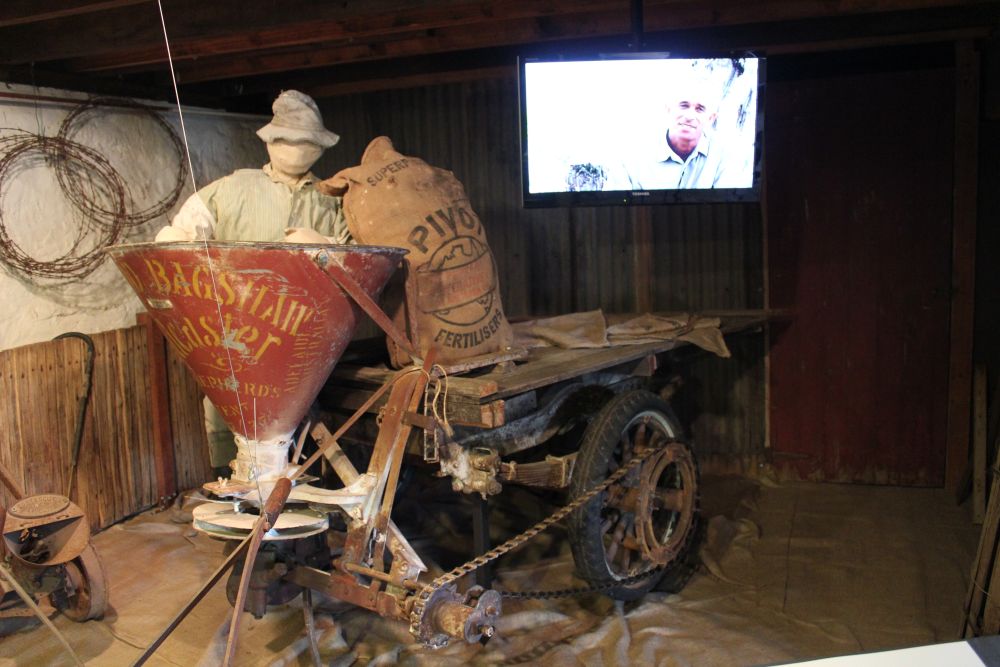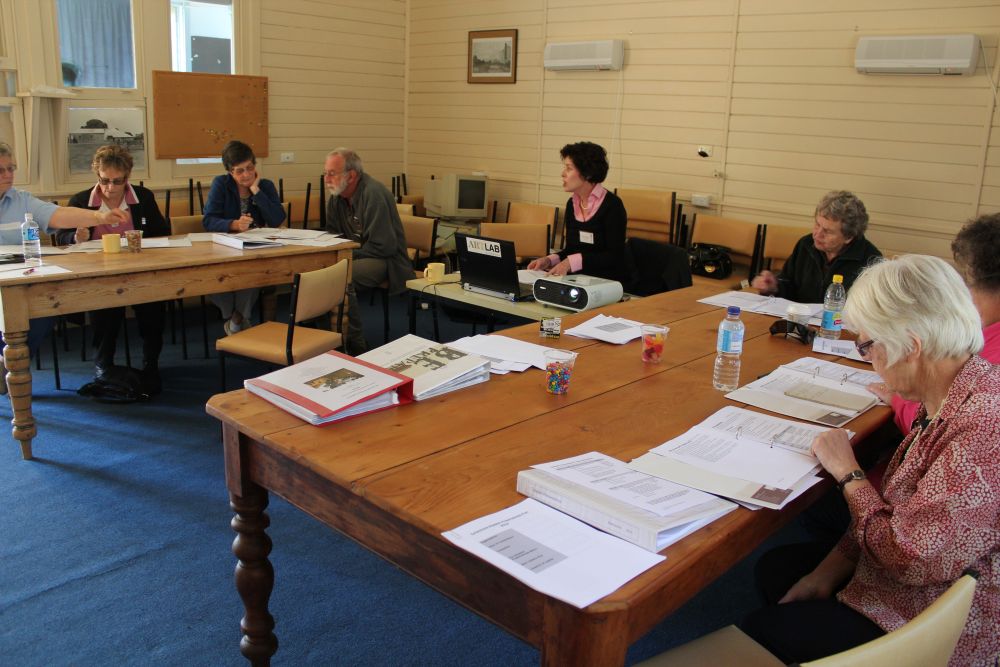 On 4 May The Sheep’s Back Museum celebrated several major achievements with the official opening of their new exhibition gallery, collection store and workroom and their re-accreditation in the Community Museums Program. John Hill, Minister for the Arts, officiated at the event, which was very well attended by locals and representatives from other local museums. Amanda and Pauline were delighted to be among the crowd to see the culmination of several years work by the museum’s hard-working and dedicated volunteer team.
On 4 May The Sheep’s Back Museum celebrated several major achievements with the official opening of their new exhibition gallery, collection store and workroom and their re-accreditation in the Community Museums Program. John Hill, Minister for the Arts, officiated at the event, which was very well attended by locals and representatives from other local museums. Amanda and Pauline were delighted to be among the crowd to see the culmination of several years work by the museum’s hard-working and dedicated volunteer team.
The new exhibition gallery showcases the environmental impact of wool growing on the south-east region and the impact on farming practice that environmental awareness and good practice brings. The exhibition occupies the uppermost floor of the museum’s Mill Building and involved countless hours of volunteer effort to both develop the new exhibition and make the space usable for a high-quality display. A feature of the exhibition is a DVD production featuring interviews that highlight issues raised in the exhibition. You can view images of the exhibition here and find out about the museum’s collection store and workroom here.
The Sheep’s Back Museum is an accredited museum in History SA’s Community Museums Program (CMP)
and as part of the opening event, Minister Hill presented the museum with their certificate of re-accreditation. Accredited museums are regularly reviewed for accreditation and this latest re-accreditation in Sheep’s Back’s third since they were first accredited in 1989.
Congratulations Sheep’s Back Museum on all your recent achievements!








Recent Comments